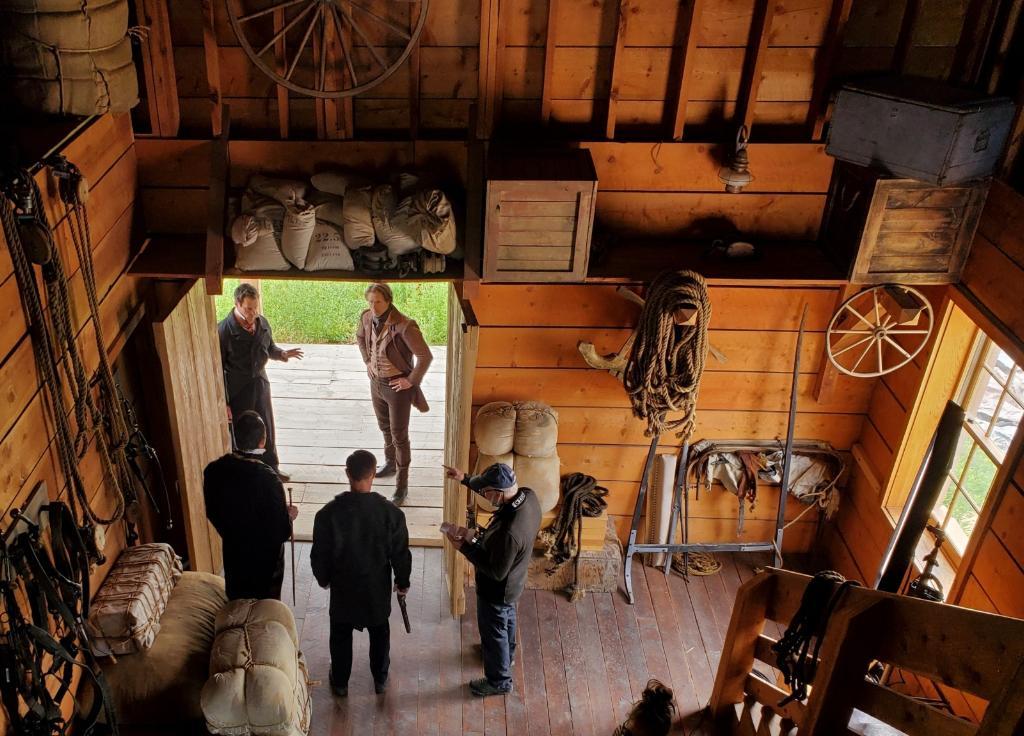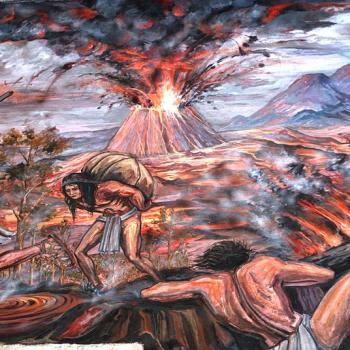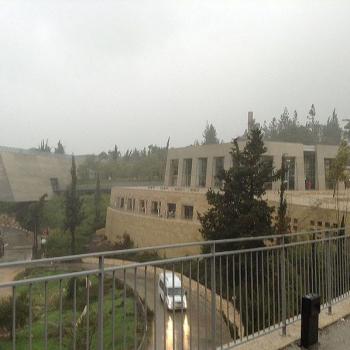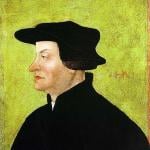
Here are a couple of passages from Susan Easton Black and Larry C. Porter, Martin Harris: Uncompromising Witness of the Book of Mormon (Provo: BYU Studies, 2018):
On 19 August 1870, headed ultimately for Salt Lake City and accompanied by Elder Edward Stevenson, Martin Harris boarded a westbound train for Chicago. Stevenson later recalled some of Martin’s reminiscences during the journey:
“Joseph Smith, the Prophet, was very poor, and had to work by the day for his support, and he (Harris) often gave him work on his farm, and . . . they had hoed corn together many a day.” Martin said that “[Joseph] was good to work and jovial and they often wrestled together in sport, but the Prophet was devoted and attentive to his prayers.”
When the train arrived at the depot in Chicago on Sunday, August 21, 1870, an unexpected delay caused Stevenson and Harris to check in at the popular American Hotel for the evening. Stevenson reported, “Several crowds gathered around to see ‘the man who had seen an angel.’ All seemed astonished to hear him relate the vision with a force and will hard to gainsay.” (424)
Stevenson escorted Martin to the office of the Daily Iowa State Register, where the editor listened to and then questioned Martin about his testimony of the coming forth of the Book of Mormon. This interview apparently took place on Thursday, August 25, 1870. The newsman, intrigued by his words, gave notice the next day, on August 26, that “Martin Harris, one of the three witnesses of the Mormon Bible, called at our sanctum yesterday. Mr. Harris is now in his 88th year, hale and hearty, with many interesting things to relate in reference to the finding of the tablets of the testament. We shall have occasion to mention some of these in another issue.” As promised, in the Sunday morning edition of the Register, August 28, 1870, an extended account of his conversation with Martin was printed. Therein Martin spoke of the Book of Mormon and reported a valuable insight concerning Joseph Smith and the record itself. The Register account stated:
In September, 1828 [1827], as the story goes, Joseph Smith, directed by an angel, proceeded to a spot about 4 miles from Palmyra, New York, and upon the point of a hill extending northward, dug up a very solid stone chest within which were the tablets of gold, inscribed with the characters which no man could read. . . . Mr. Harris describes the plates as being of thin leaves of gold, measuring 7 by 8 inches, and weighing altogether, from 40 to 60 lbs. There was also found in the chest the Urim and Thummi[m], by means of which the writing upon the plates was translated, but not until after the most learned had exhausted their knowledge of letters in the vain effort to decipher the characters. (426-427)











